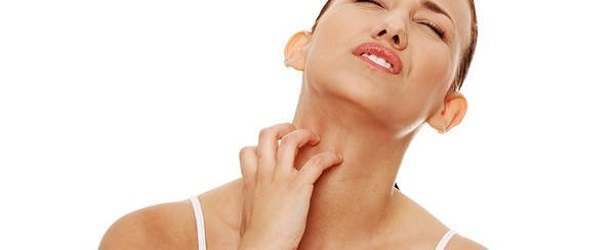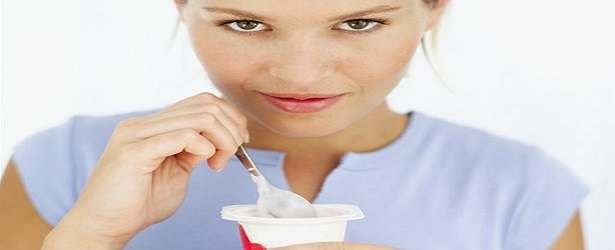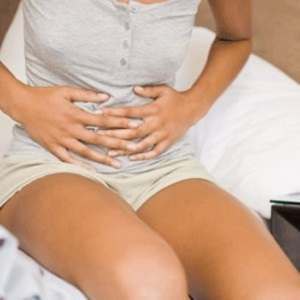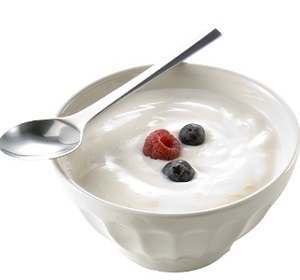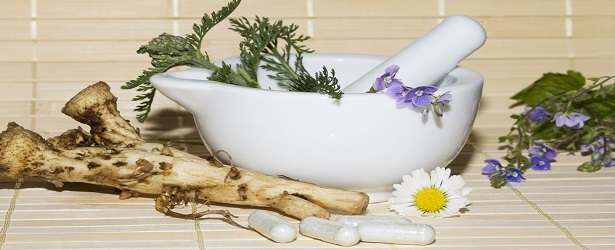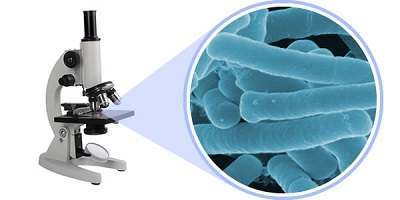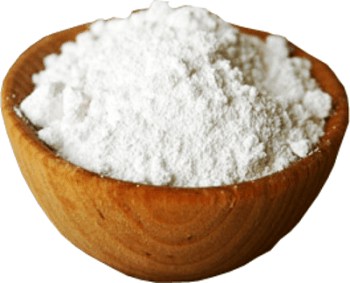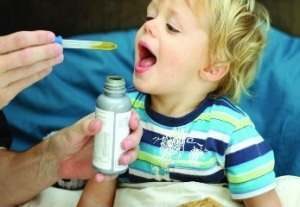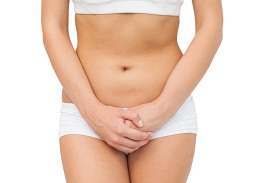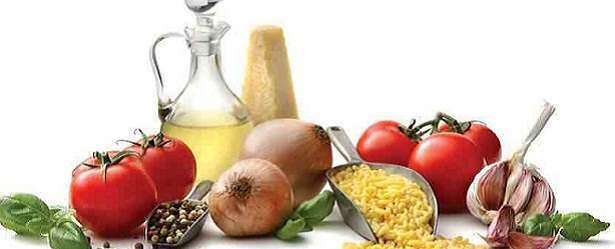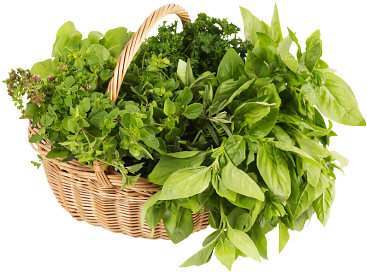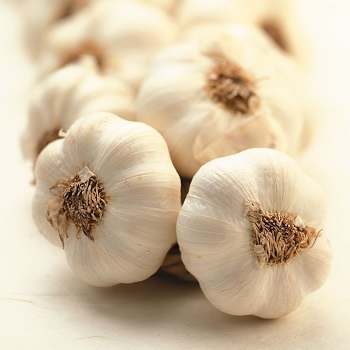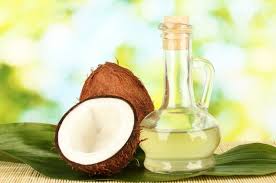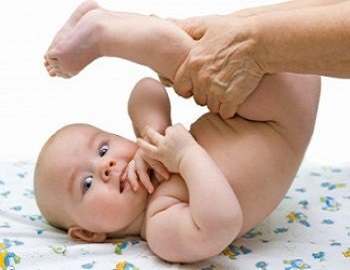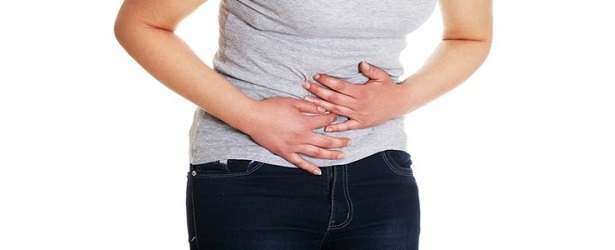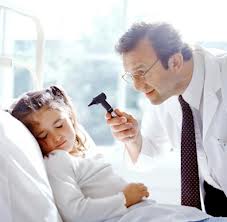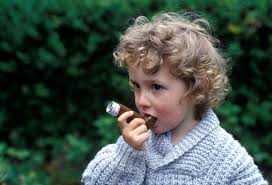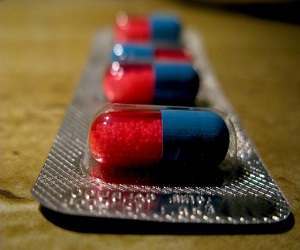Signs on the Skin of Yeast Infection
No matter how often we cleanse our body, there are always some microorganisms that live on the surface of the skin and even inside our body. Some of these microorganisms are in fact needed by our body to function well; they are part of the overall immune system. If some of these microorganisms are not considered co-defenders of the body, they simply just co-exist inside and outside the body with all other tiny lives.
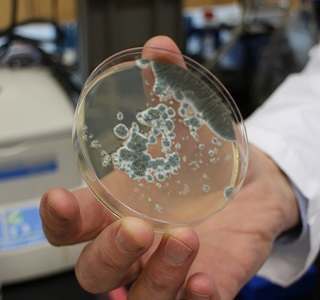 Nevertheless, harmful microorganisms as well as helpful ones cause harm whenever there is some problem with the immune system of a person. Examples include those positive with the Human Immunodeficiency Virus (HIV) / Acquired Immunodefficiency Syndrome (AIDS), Diabetes, Cancer, Auto-immune Disease, and any other physical condition that can weaken the immune system or the balance inside the body. Diseases are not the only culprits when it comes to yeast infection or yeast overgrowth, and/or candidiasis. A person’s lifestyle can also be a factor as in unhealthy eating habits/diet, living a stressful lifestyle, and the prolonged intake of medications like antibiotics.
Nevertheless, harmful microorganisms as well as helpful ones cause harm whenever there is some problem with the immune system of a person. Examples include those positive with the Human Immunodeficiency Virus (HIV) / Acquired Immunodefficiency Syndrome (AIDS), Diabetes, Cancer, Auto-immune Disease, and any other physical condition that can weaken the immune system or the balance inside the body. Diseases are not the only culprits when it comes to yeast infection or yeast overgrowth, and/or candidiasis. A person’s lifestyle can also be a factor as in unhealthy eating habits/diet, living a stressful lifestyle, and the prolonged intake of medications like antibiotics.
Common Infections
The most common appearance of yeast infection is in the mouth, genital area, rectum, and all other body parts, usually not exposed to air circulation and sunlight.
Yeast thrives in wet or moist, warm, and low oxygenated area. They spread easily if not treated immediately, causing some complications to the body and overall health. If not treated right away, the condition may reach the bloodstream and spread internally damaging the heart, intestine, lungs, and everywhere else where the blood flows.
The most common type of yeast infection is caused by candida, which is also known as candidiasis. Oral yeast infection caused by candida is medically classified as oral thrush, and if it appears in the female genital area it is called vaginalitis, vaginitis, or moniliasis. In rare instances, fungal infection happens in the nails, which is called candidal onychomycosis.
With infants, wet clothing or diapers usually trigger yeast infection making the skin reddish in color with a painful burning sensation, and caused by candida albicans. With adults, this extremely painful last type of yeast infection can occur in the throat, esophagus, and genital areas.
Treatment for Yeast Infection
The type of yeast infection treatment depends on the intensity of the infection as well the body parts where they appear. An oral yeast infection usually appears as white lesions on the tongue, roof of the mouth, gums, and inner cheeks that can also spread to the tonsils and the throat. Below the white lesions, the skin is inflamed and reddish with a painful sensation. When a yeast infection appears in the genital area, women may have discharge with an unpleasant odor, followed by an itchy and painful sensation as well, especially during and after urination, before and after menstruation.
If candidiasis is not treated immediately, it can quickly spread and grow worse. If the infection spreads to the internal organs, like the heart, lungs, intestine, and kidneys the patient may suffer from anemia, high and feverish temperature, urinary tract infection, heart ailments, and bloody urination. In severe cases where the yeast infection already reached the brain, the person may have brain damage due to the complications.
Most of the time, candidiasis requires prescription drugs. Topical medications for candidiasis or yeast infections often contain high level of anti-fungal agents that eliminate the infection as quickly as possible to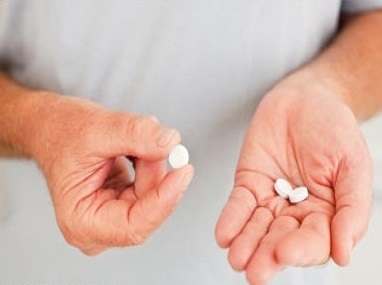 avoid the spread and complications. They usually contain high levels of clotrimazole, tioconazole, miconazole, and nystatine.
avoid the spread and complications. They usually contain high levels of clotrimazole, tioconazole, miconazole, and nystatine.
While medications taken orally contain fluconazole or amphotericin B. For severe cases of yeast infections, intravenous drugs may be administered to ensure that the internal infections are eliminated as well. For simple yeast infections on the skin, like diaper rash and all other visible types, topical creams usually solve the issue, and doctors recommend that you keep the skin clean, dry, with ample air circulation. Keep in mind that candida albicans or yeast infection can be transferred through skin contact. Wash the hands thoroughly, as well as the clothes, and linens to make sure that the yeast are cleansed away and to avoid their spread and reoccurrence.

 Subscribe Now
Subscribe Now